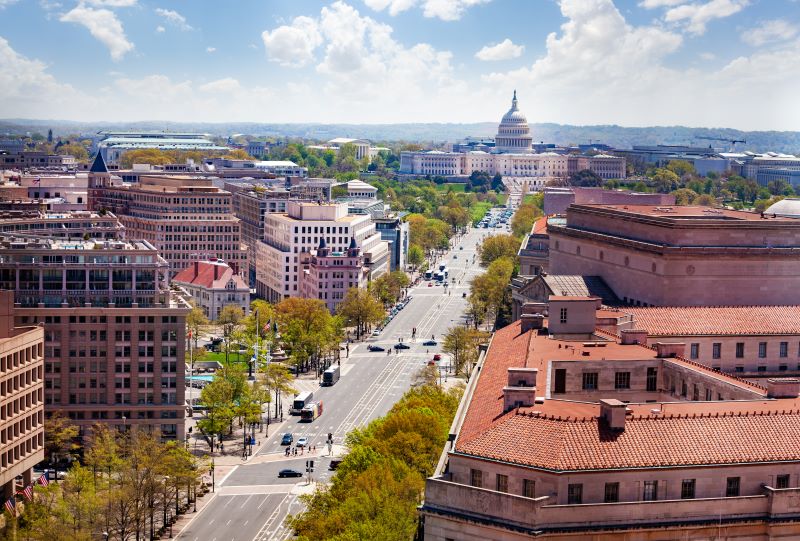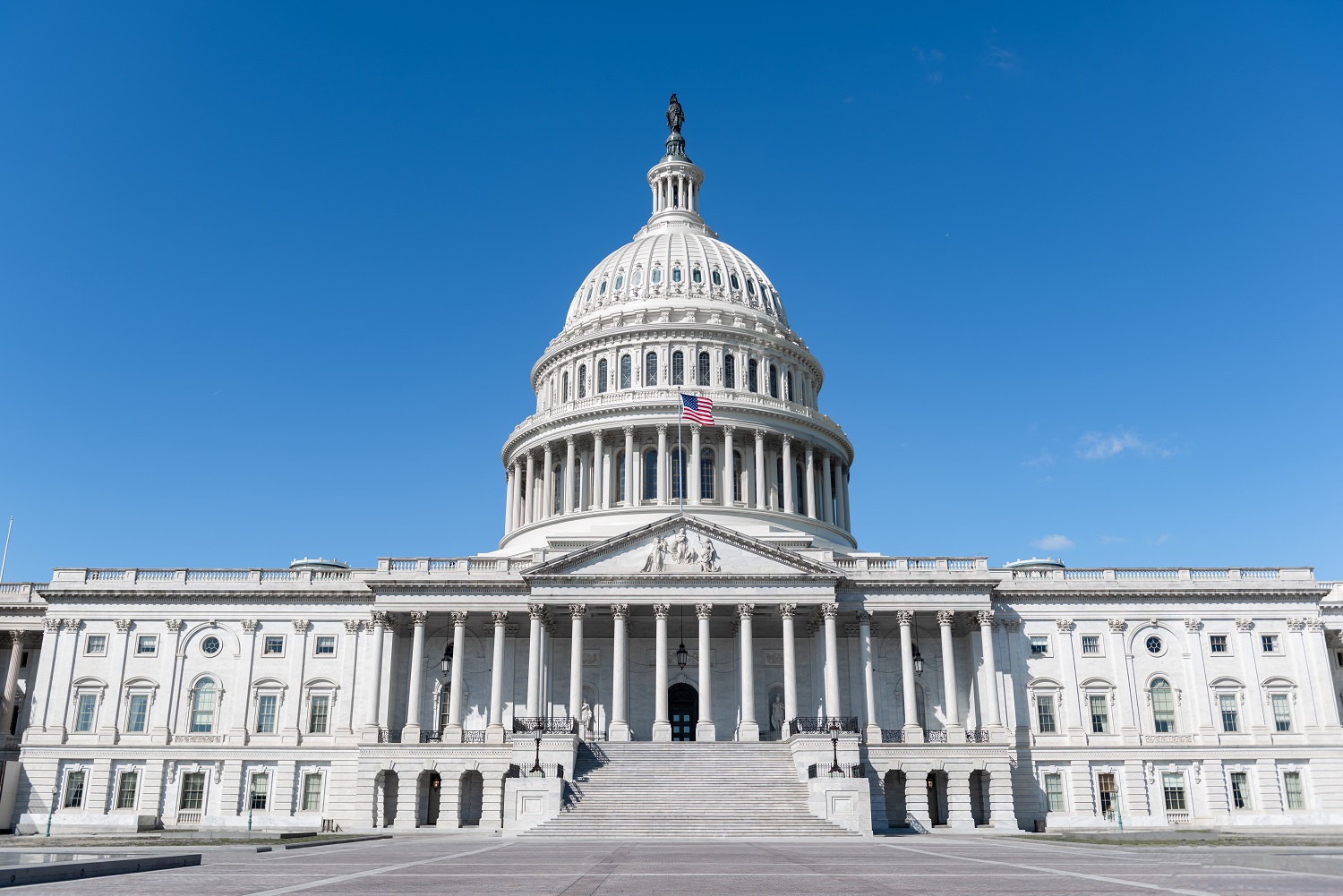One of the biggest questions donors grapple with is how to balance implementing specific projects with building local capacity to execute similar programming in the future. Indeed, this question is central to the conversation—now active at USAID—about how donors can “work themselves out of a job.” One good example of how this can look comes from the Millennium Challenge Corporation’s (MCC) 2005-2010 partnership with Honduras. In this story, a key part of MCC’s legacy is not about what the agency funded but how it funded it. Through its commitment to country-led implementation, MCC helped set the stage for the government of Honduras to sustain and expand upon the structures and processes put in place to manage the MCC compact. The result: a new—and wholly Honduran—government unit that, over the last decade or so, has built a reputation for sound program management and a solid track record of efficient implementation.
At the origin: MCC’s commitment to country ownership
The idea that country ownership is critical for successful, lasting development programs is a central tenet of MCC’s model. A key way the agency puts this into practice is by giving the partner country the lead role in implementing the agency’s large-scale, five-year grant programs known as compacts. To do so, the partner country sets up and staffs an accountable entity called a Millennium Challenge Account (MCA)—usually as a separate government unit—to manage all aspects of the compact, including coordination with government ministries, procurement, contract management, maintenance of project timelines, and monitoring results. The MCA is overseen by a local board of directors with membership from government ministries, the private sector, and civil society. While MCAs usually wind down or dissolve at the end of a compact, for MCA-Honduras (MCA-H), implementing the compact was just the beginning.*
Expansion to manage other funds
Since the compact concluded in 2010, the government of Honduras has transformed MCA-H into a permanent government structure and expanded it to be the primary platform for managing donor funds in the areas of infrastructure, rural development, and food security. Rebranded as INVEST-Honduras in 2014, the unit has managed over $1 billion in funding from the government of Honduras and donors including the Central American Bank for Economic Integration (CABEI), the Inter-American Development Bank, the World Bank, and USAID.
As part of USAID’s own pledge to increase local partnerships, including government-to-government partnerships (G2G), USAID/Honduras had its eye on INVEST-Honduras, which it had watched develop through the MCC compact. USAID’s own standard pre-G2G procedure risk assessment tool reaffirmed INVEST-Honduras’ reputation for sound program management and relatively low risk. Thus, in 2014, the mission began funding a nutrition, watershed, and agricultural development program through INVEST-Honduras. Still ongoing, the program has expanded from its original $24 million to $60 million, and USAID points to additional benefits of directly funding INVEST-Honduras. Channeling money in this way has leveraged substantial cash contributions from the government of Honduras and better enabled the government to adopt the program as its own and build upon USAID interventions with other sources of funding.
On the front lines against corruption
Late last year, INVEST-Honduras was appointed by the president to chair a commission to liquidate and restructure the government’s road maintenance fund (Fondo Vial) in response to allegations of widespread dysfunction and corruption, including linkages with criminal networks. As of December, INVEST-Honduras is now executing all road maintenance functions, and is empowered to suspend personnel and revoke or renegotiate contracts with irregularities. The expectation is that such a move will close opportunities for corruption present in the previous model and increase the efficiency of contract execution.
Longevity and stability
INVEST-Honduras/MCA-H is now 13 years old. It has survived intact—with the same structure and largely the same staff—through five different governments. A number of factors seem to have contributed to its endurance, including competitive compensation and contracts that give donors a say over changes to key personnel, as well as a broad recognition that what the government was able to implement through the unit is worth preserving.
While MCC had a key role in INVEST-Honduras’ origin story, and other donors—including USAID—deserve credit for supporting its continuation, like all good country ownership stories this one ultimately owes its success to the local actor—in this case, the government of Honduras. And that’s how it should be. At the end of the day, it’s important to recognize that donor funds—in and of themselves—will not “transform” a developing country. The best hope is that a donor seeds something that local actors sustain and build upon. So make no mistake, the credit here goes to the government of Honduras. But let’s give MCC a quiet nod, too.
*While it is not the norm for partner country governments to preserve MCA structures post-compact, Honduras is not the only example. MCAs have also persisted post-compact in Lesotho, Tanzania, Morocco, Burkina Faso, and Ghana.
Disclaimer
CGD blog posts reflect the views of the authors, drawing on prior research and experience in their areas of expertise. CGD is a nonpartisan, independent organization and does not take institutional positions.





